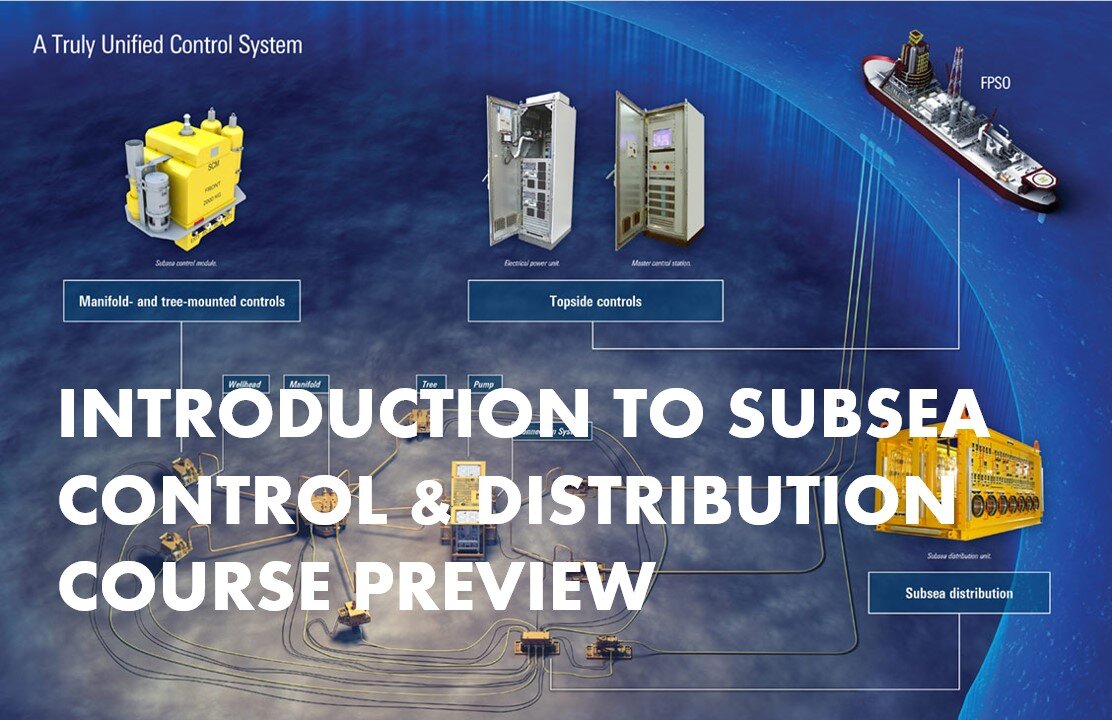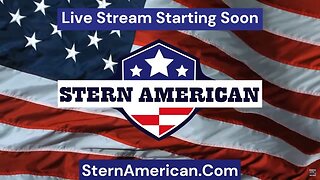Premium Only Content

Introduction to Subsea Control & Distribution Course Preview
Today’s subsea production systems tend to go deeper, have reservoirs with higher temperature and pressure, be in fields located in regions with a colder climates (artic), include installation of subsea processing equipment (demand for more power), and are at longer distances from infrastructure. Traditional production control systems monitor processes with relatively slow process dynamics. Condition and performance monitoring systems may, in many cases, be monitoring systems with much faster dynamics. This may require improved instruments and data sampling systems. The amount of data being transmitted from a subsea installation may also increase considerably. There is a risk that introducing new equipment and an increase in data will introduce faults into the control system. It will be important to ensure adequate independence between critical control/safety functions and monitoring functions, so the reliability of the critical functions is not compromised.
Depending on the project requirements, the topside control units can be integrated by adding the pump control to an existing production control system, or vice versa. For new projects, a full integration can be achieved from topside to subsea from system to board level. These full integrations can utilize common building blocks from the same subsea control module (SCM) product family. Core components from existing technologies have been thoroughly evaluated and selected to form the basis for the new pump SCM. New, single-unit, integrated SCMs expand the range of available SCMs.
For full videos you can visit this link :
https://drive.google.com/file/d/1A2Xgu5IYquFnU9f8L49G38z15WfJ8uVb/view?usp=sharing
and you will be directed to a google drive link where you can download all files of this course
https://drive.google.com/file/d/1zxN0PWZH3z9a4c5hmnzsOrnkeSn0B3sl/view?usp=drive_link
-
![🔴[LIVE TRADING] Market Open: Relief Rally Incoming?! || The MK Show](https://1a-1791.com/video/fwe2/8b/s8/1/E/P/W/o/EPWoy.0kob-small-The-MK-Show-Mar.-3rd.jpg) LIVE
LIVE
Matt Kohrs
12 hours ago🔴[LIVE TRADING] Market Open: Relief Rally Incoming?! || The MK Show
2,679 watching -
 46:59
46:59
BonginoReport
3 hours agoEpstein’s Pals Party at the Oscars—Still No Files (Ep.151) - 03/03/2025
31.4K119 -
 LIVE
LIVE
Wendy Bell Radio
6 hours agoThey Don't Have The Cards
13,885 watching -
 LIVE
LIVE
Dear America
11 hours agoTrump Sends Yuge AMERICA FIRST Message To The World! + Oscars Stays Woke!
6,329 watching -
 LIVE
LIVE
Randi Hipper
24 minutes agoTrump’s Crypto Takeover: Reserve Reveal Stuns All!
148 watching -
 58:30
58:30
Kyle Fortch
1 hour agoCadillac Dale: #1 Song With Jack Harlow, Rihanna Sampling His 90s Hit,
1 -
 LIVE
LIVE
SternAmerican
21 hours agoIntegrity in Action call With Steve Stern and Raj Doraisamy Monday, March 3rd at 10:00AM EST
341 watching -
 LIVE
LIVE
Jeff Ahern
1 hour ago $0.82 earnedMonday Madness with Jeff Ahern (6am Pacific)
548 watching -
 16:55
16:55
Clownfish TV
14 hours agoThe Oscars Just Jumped the Shark...
33K12 -
 7:55
7:55
Cooking with Gruel
13 hours agoCooking with Lara Trump on My View
23.2K9